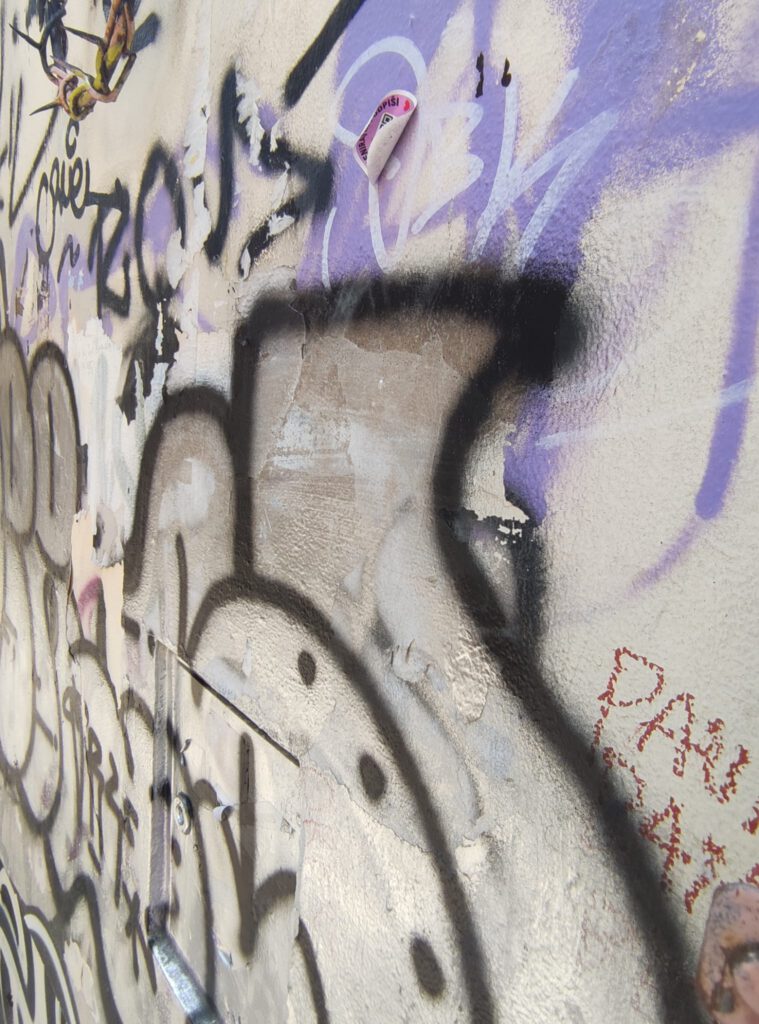The Story of Wall Chance Graffiti: Embracing the Unexpected
Wall chance graffiti is a fascinating and dynamic style of street art that thrives on spontaneity and unpredictability. Unlike meticulously planned artworks, wall chance graffiti embraces the element of surprise, allowing artists to experiment with their surroundings and create art that responds to the environment in novel ways.
The Concept of Wall Chance Graffiti: Wall chance graffiti is defined by its unplanned, often spontaneous nature. Artists work with the existing features of a wall—such as its textures, colors, and imperfections—to inspire their designs. This approach creates a unique interplay between the artwork and the urban environment, resulting in pieces that are as much about the process as they are about the final product.
Origins and Evolution: The origins of wall chance graffiti can be traced back to the broader street art movement, where artists began to experiment with different techniques and approaches. The style gained prominence in the late 1990s and early 2000s as artists sought to push the boundaries of traditional graffiti. Influenced by movements like abstract art and conceptual art, wall chance graffiti emphasizes the role of chance and the environment in the creative process.
Techniques and Styles: Creating wall chance graffiti involves a mix of intuition and creativity. Artists often start with minimal planning, allowing the wall’s existing features to guide their work. Techniques might include spontaneous spray painting, stencil work, and the incorporation of found objects. The result is a fusion of art and environment that reflects the unpredictability of the creative process.
Cultural and Artistic Impact: Wall chance graffiti challenges conventional notions of art and creativity. By embracing the randomness of the environment, artists make a statement about the nature of artistic expression and the role of chance in the creative process. This style also engages viewers in a dialogue about the relationship between art and its setting, making it a compelling and thought-provoking form of street art.
Notable Artists and Works: Several artists are renowned for their wall chance graffiti. For example, “ROA,” known for his large-scale animal murals, often adapts his designs to the specific characteristics of each wall he encounters. Similarly, “Swoon” incorporates found materials and site-specific elements into her installations, creating immersive and unique artworks. Their work exemplifies the spirit of wall chance graffiti and its emphasis on environment-driven creativity.
Public Perception and Challenges: Wall chance graffiti can be both celebrated and contested. Its spontaneous nature often leads to debates about its legitimacy as an art form and its impact on public spaces. While some view it as a creative and innovative approach to street art, others may see it as disruptive or unplanned. Legal issues also arise, as unauthorized graffiti can lead to conflicts with property owners and municipal regulations.
The Future of Wall Chance Graffiti: The future of wall chance graffiti is promising as artists continue to explore new ways to interact with their environments. Advances in technology and materials, along with a growing appreciation for unconventional art forms, are likely to enhance the possibilities for wall chance graffiti. This trend highlights the ongoing evolution of street art and its ability to adapt to changing urban landscapes.
Conclusion: Wall chance graffiti represents a thrilling intersection of art and environment, where spontaneity and creativity come together to create dynamic and engaging artworks. By embracing the unexpected, artists transform ordinary walls into canvases that challenge our perceptions and celebrate the randomness of the creative process.
